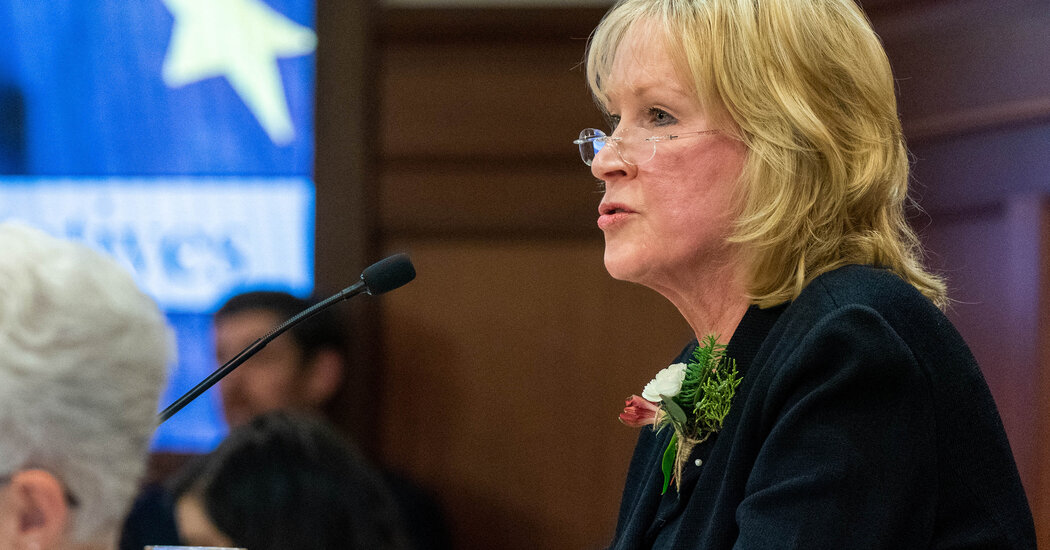Students Are Missing School at an Alarming Rate
The Findings: Post-pandemic absenteeism is widespread, but it is worse in high-poverty schools.
Nearly 70 percent of the highest poverty schools experienced widespread, chronic absenteeism in the 2021-22 school year, compared with 25 percent before the pandemic, according to a new analysis released on Friday by Attendance Works, a nonprofit that aims to reduce chronic absenteeism, and the Everyone Graduates Center at Johns Hopkins University, which focuses on high school graduation preparedness.
In these schools, about a third or more of the student body was considered chronically absent, defined as missing at least 10 percent of the school year, or about two days of school every month. That includes all absences, including sick days and school-imposed suspensions.
“Prior to the pandemic, going to school every day was still the norm,” even in the poorest schools, said Hedy Chang, the executive director of Attendance Works. That is no longer the case.
In the most affluent schools, widespread chronic absenteeism also increased: to 14 percent of schools, up from 3 percent before the pandemic.
Context to Know: It has not gotten much better over time.
Those numbers are from the 2021-22 school year. Is it possible it simply took more time for students to get back into a routine?
Preliminary data from the 2022-23 school year suggests the situation has improved, but only slightly.
For example, in Ohio, chronic absenteeism spiked to 30 percent in the 2021-22 school year, from nearly 17 percent of students in 2018-19. Then it settled in at about 27 percent last school year, according to Attendance Works. In some states, like California and New Mexico, the rate of chronic absenteeism was still double what it was before the pandemic.
Why It Matters: Students need to be in school to catch up.
Students cannot learn if they are not in school, and they cannot benefit from interventions, such as tutoring, that are supposed to help them make up pandemic losses.
Widespread absenteeism also affects school culture, hurting even the students with strong attendance.
The challenge for schools will be to re-establish daily attendance habits, define the new norms (Is it OK to come to school with the sniffles?) and get to the root of why students are not showing up.
The pandemic affected several key drivers of attendance. It has disrupted students’ relationships — with other students at school, and with teachers, who often are burned out and leaving their jobs at higher rates. And it has set students back academically, which makes coming to school far less enjoyable. Other factors, such as family instability, rising student anxiety and an increase in school suspensions, may also be at play.
“It’s a little bit chicken and egg,” Ms. Chang said. “When you have extreme levels of chronic absence, it makes it harder to create meaningful relationships with kids. It also reflects the lack of meaningful relationships with kids.”


